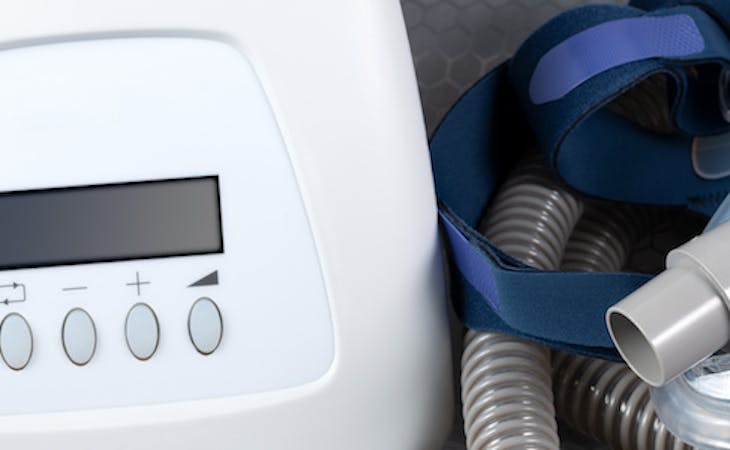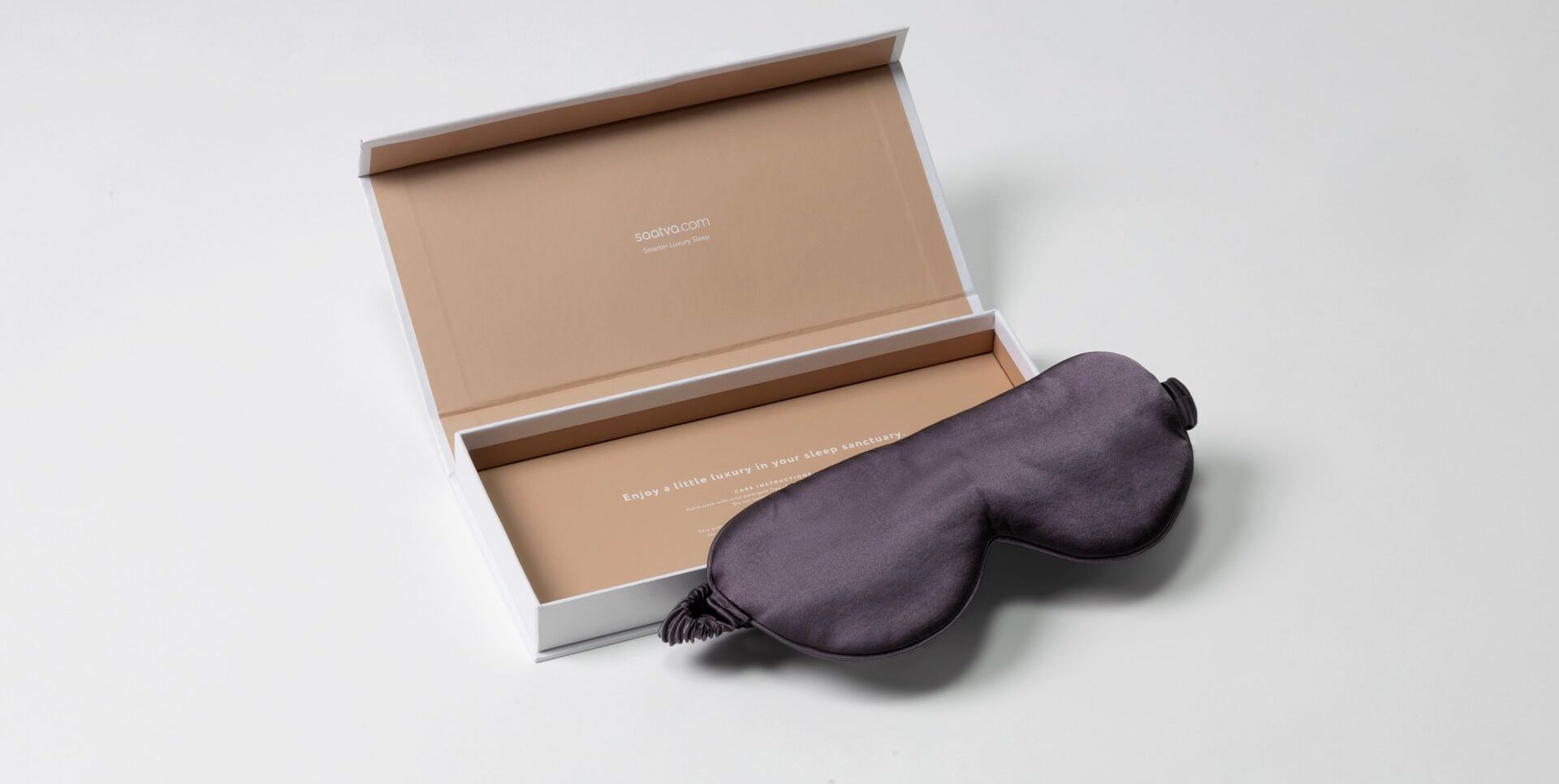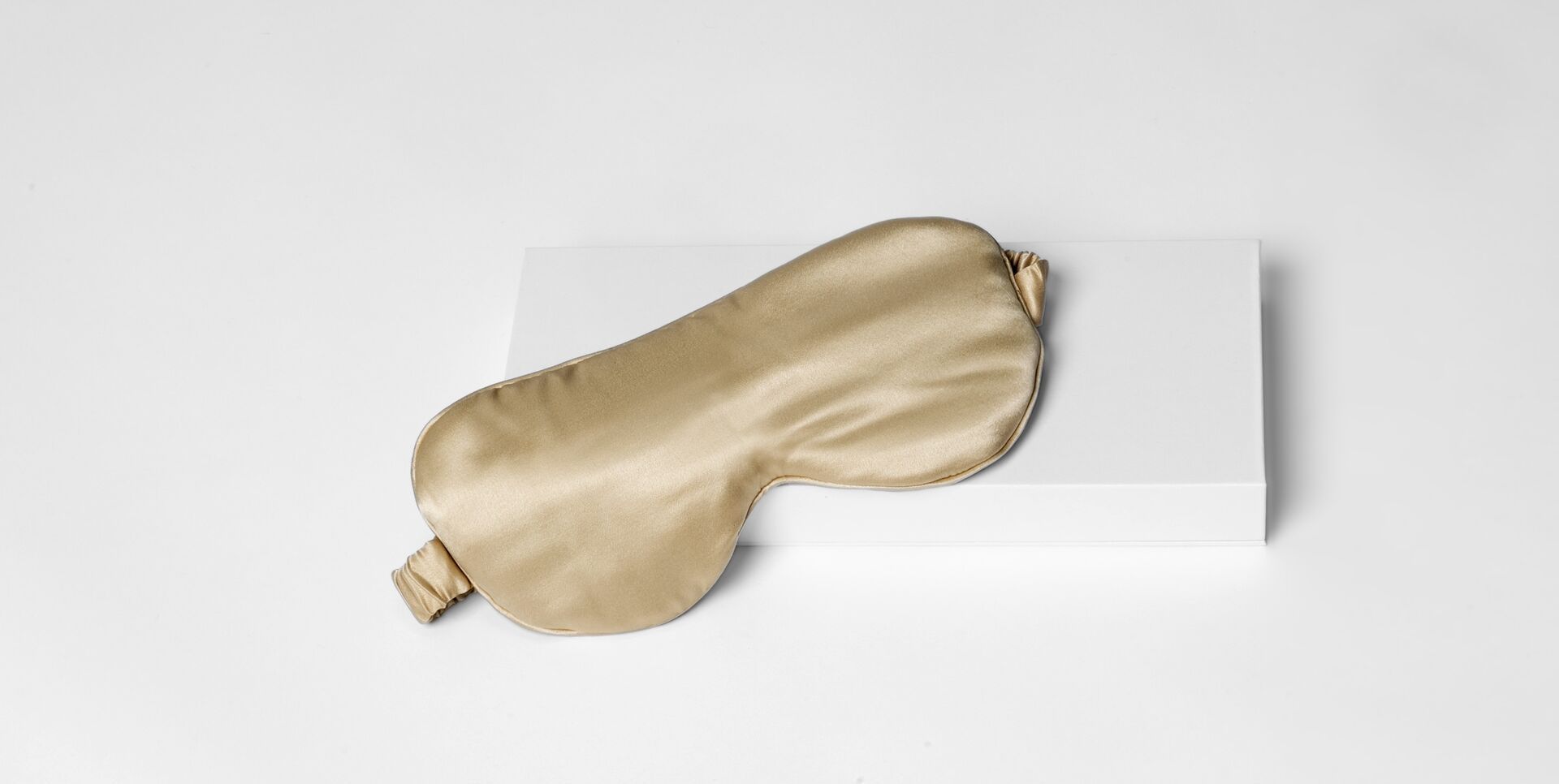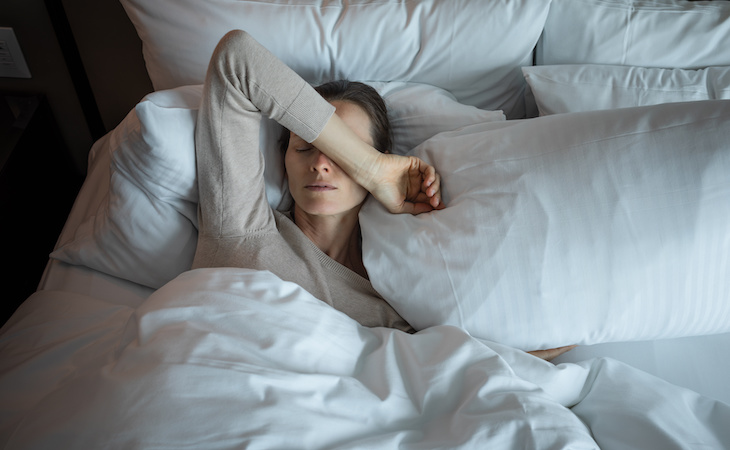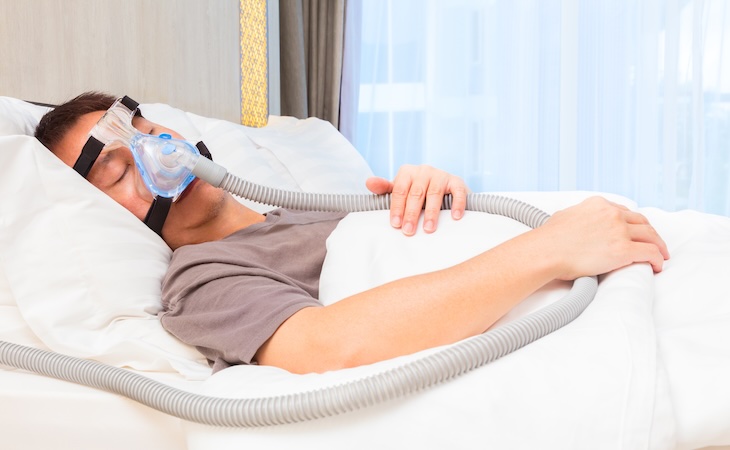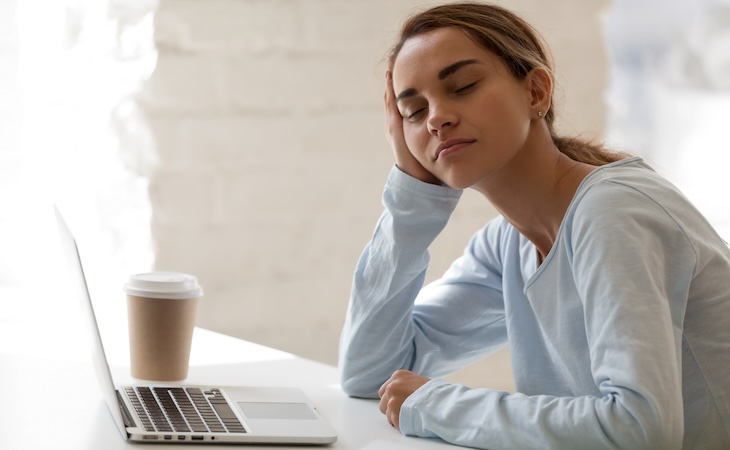Sleep apnea is a common condition—around 22 million Americans live with this disorder—and many people are used to traveling with their CPAP in tow. But if you’ve never tried, the idea of traveling with sleep apnea can be intimidating and scary.
Sleep apnea doesn’t have to ruin your travel plans, however. Use these tips to travel confidently with a CPAP and get a good night’s sleep no matter where in the world you might be.
Sleep apnea basics
Sleep apnea is a potentially dangerous condition where a patient repeatedly stops breathing as they sleep.
“You are diagnosed as having sleep apnea if you stop breathing (or breathe poorly) for 10 seconds or more than five times per hour and have an associated drop in blood oxygen while you are sleeping,” says Jeff Rodgers, DMD, Georgia-based dental sleep medicine specialist and diplomate of the American Board of Dental Sleep Medicine and American Sleep and Breathing Academy.
He explains that there are two types of sleep apnea—central and obstructive. “By far, most patients have obstructive,” he says. “This is where the airway is collapsing in one or more areas and not allowing adequate airflow.”
Experts say it’s very likely that 80% of sleep apnea cases are undiagnosed. Not sure whether you have this condition? Symptoms include loud snoring, daytime sleepiness, morning headaches, gasping for air while sleeping, insomnia, trouble focusing, and episodes where you stop breathing while asleep.
Sleep apnea can make it difficult to get a good night’s sleep at home, much less in an unfamiliar bed. What’s more, sleep apnea is most commonly treated using a device called a CPAP, which pushes air into your airways via a mask that fits over your face.
Lugging around a CPAP machine as you travel can be a headache—but it’s worth it to help you sleep both soundly and safely.
Traveling with a CPAP
If you’re going by plane, then bringing your CPAP might seem like a struggle. But it’s really not that hard.
“I carry [my CPAP] in my carry-on luggage,” says Prentiss Cox, a retired biology professor from Mississippi who has lived with sleep apnea for 23 years. “When going through security, it is necessary to remove it from the bag and put it in a separate tub to go through the X-ray.”
Since your CPAP is a medical device, airlines allow you to bring it in an additional bag that doesn’t count toward your total bag quota. Bring your CPAP with you on the plane and stow it in the overhead compartment so you’ll have it in case your checked luggage is lost or delayed.
It’s a good idea to get a letter or prescription from your doctor saying that your CPAP is medically necessary in case you run into any issues with security. You can also add a “medical equipment” luggage tag to your CPAP case.
“Most TSA agents now recognize what a CPAP is, but some do not,” Rodgers explains. “It is possible you will be asked to turn it on if you are taking it through security. A pain, to be sure, but getting oxygen while you sleep is vital.”
Check with your airline to see if you can use your CPAP on board the plane. Delta Airlines allows passengers to use CPAPs without medical approval, as long as you have an independent power source that complies with the airline’s requirements. Make sure you have a seat on the plane that includes an outlet.
Travel packing list for sleep apnea
Sometimes, managing sleep apnea can take a lot of extra items, and it’s important to pack anything you may need to set up and run your CPAP.
Before you set off on your trip, make sure you have the following items (in addition to your CPAP) packed and ready to go:
- Extension cord: You don’t want to be stuck in an unfamiliar hotel room with an outlet that’s too far away from the bed. While many hotels have extension cords available upon request, it’s always better to bring your own just in case.
- Adapter: For trips overseas, bring along an adapter so you can plug your CPAP into the outlet. A voltage converter most likely won’t be necessary as most CPAP machines can adapt to different types of voltage.
- Distilled water: “TSA’s two-ounce rule on liquids excludes carrying water, but if not flying, then I carry distilled water,” says Cox. Most CPAP machines require distilled water for the humidifier inside the machine. Using distilled water instead of tap water is safer for you and better for the machine.
- Battery pack: Bring along an extra battery pack in case the power goes out.
- Pillow: Many people with sleep apnea find that a firm pillow is more supportive and helps them safely breathe. Others prefer a pillow that’s specifically designed for use with a CPAP. If you sleep with a specific kind of pillow, bring it along.
- Sleep medications: If you take any sleep medications, make sure to stick those in your carry-on bag.
- Mask and headphones: Rodgers recommends packing a sleep mask to block light and noise-canceling headphones. These can help you sleep more soundly. “Anything the typical person might use for better sleep is even more essential for an apneic patient,” he says.
Traveling to a different time zone? We rounded up the best jet lag cures to help you get over the time change.

